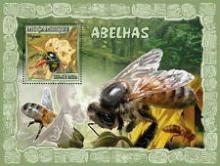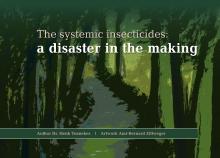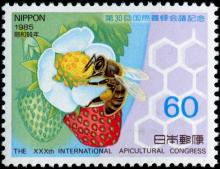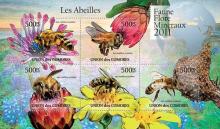Honeybee Colony Losses during 2008~2010 Caused by Pesticide Application in Japan
Recent declining numbers of honeybees, Apis mellifera, in colonies threatens crop production as well as feral plant community biodiversity. Chemicals applied in agroecosystems are regarded as one of primary causes of the decline. In Japan, the heavy loss of honeybee colonies associated with pesticide use has been reported from beekeepers recently, leading to lessened use of honeybee colonies to facilitate pollination of cultivates. Nevertheless, no study has quantitatively examined the damage to honeybee colonies caused by the pesticide application in Japanese agricultural fields to date.










